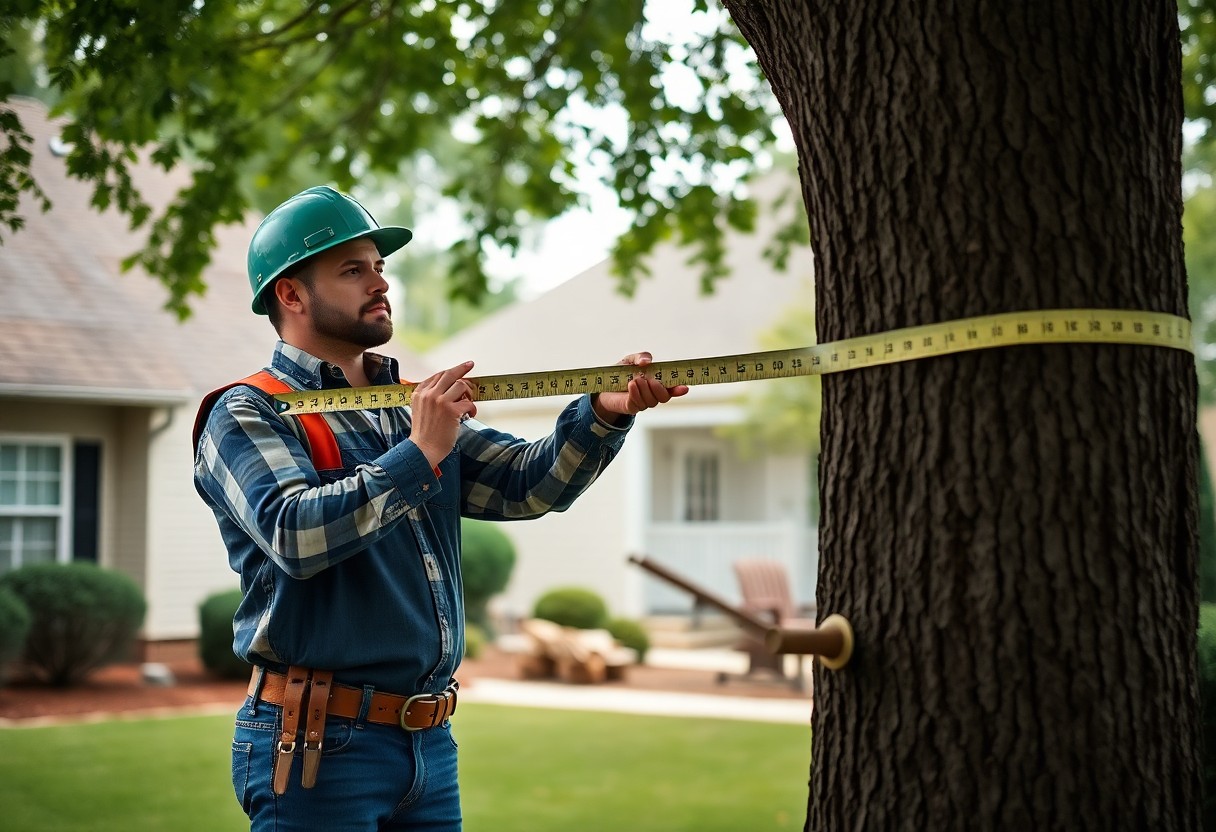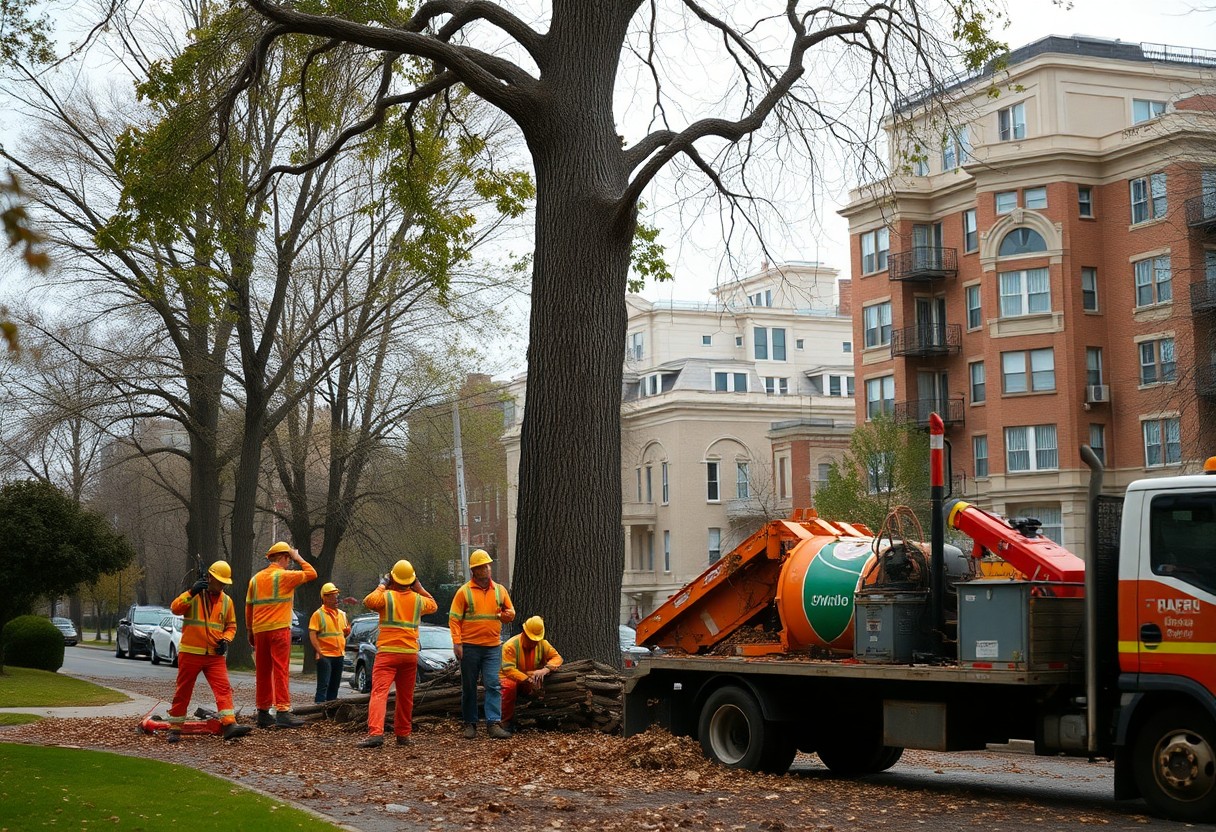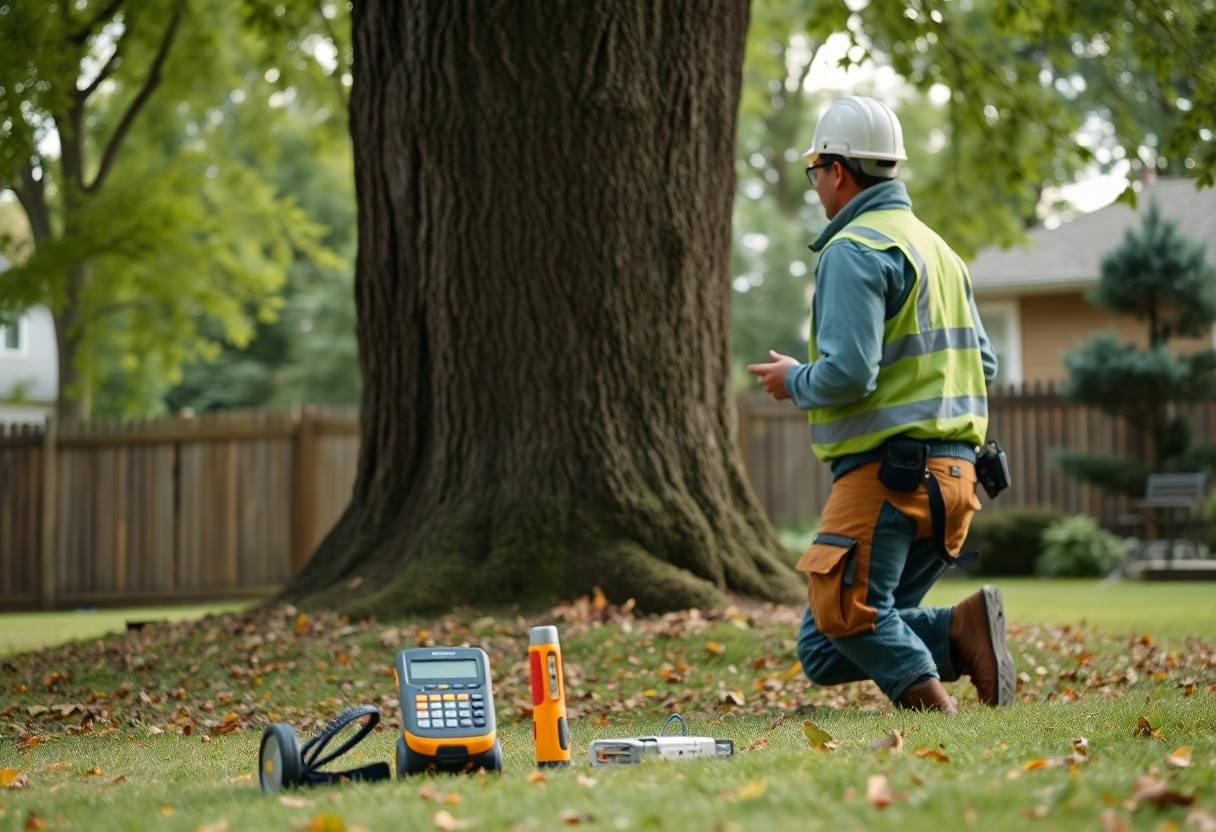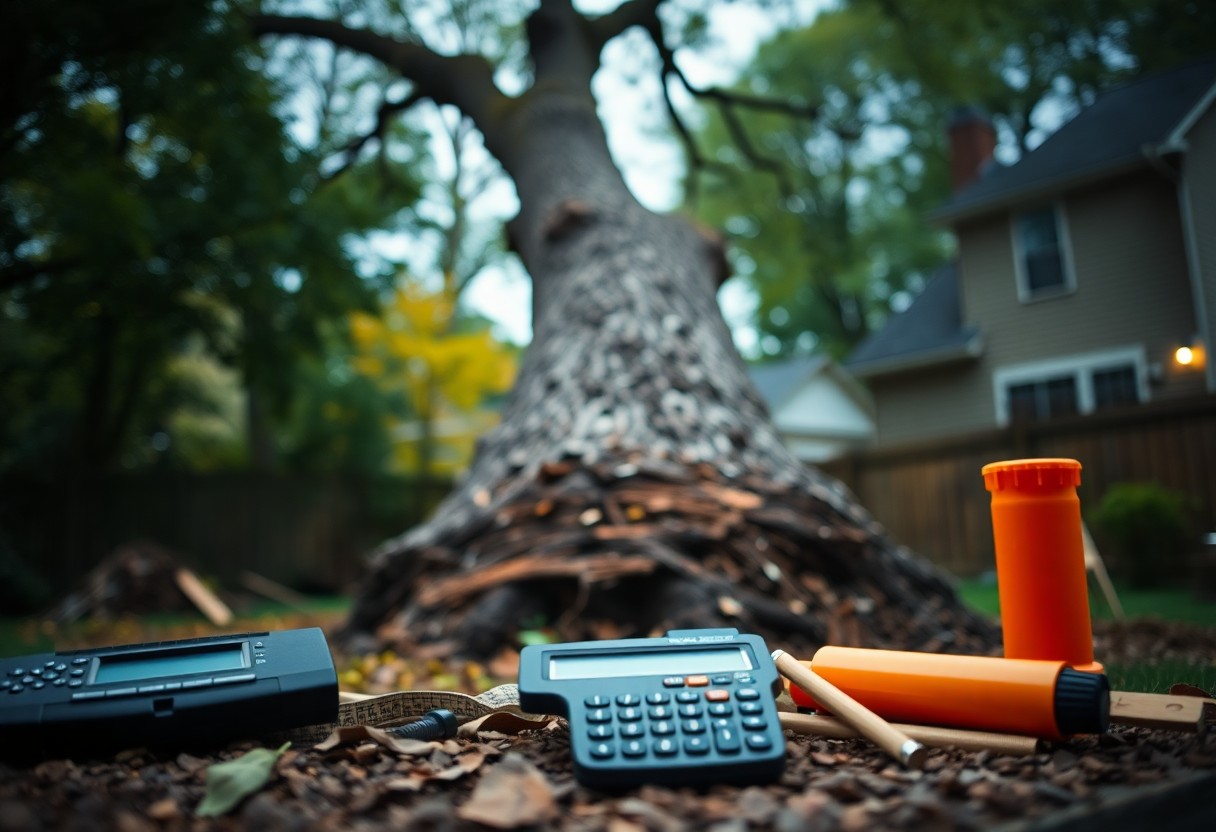So, you’ve got a tree that’s seen better days, and you’re wondering how much it’ll set you back to have it removed. Well, you’re in luck! Figuring out the cost of tree removal in Canada doesn’t have to be a mystery. With our handy calculator, you’ll be able to get a better sense of what you’re looking at in terms of dollars and cents.
From the size of the tree to its location, we’ll walk you through the factors that affect the cost, so you can plan ahead and budget accordingly. Let’s get started!
Factors Affecting Tree Removal Cost in Canada
While getting a tree removed might seem like a straightforward process, several factors come into play when determining the final cost. These include:
- Tree size and location
- Tree species and condition
- Number of trees to be removed
- Equipment and labor required
- Permits and regulations
Knowing these factors will help you better understand the quote you receive from a tree removal service.
Tree Size and Location
Proximity plays a significant role in determining the cost of tree removal. The larger the tree and the more difficult its location, the higher the cost will be.
Tree Species and Condition
With certain species being harder to cut down than others, the type of tree you have will impact the final cost.
Canada is home to a diverse range of tree species, each with its unique characteristics. For instance, a dead or dying tree might be more hazardous to remove, increasing the cost due to the added risk. On the other hand, a healthy tree with a straightforward removal process will likely cost less. You’ll want to consider these factors when getting quotes from tree removal services to ensure you’re getting the best deal for your specific situation.
Average Tree Removal Costs in Canada
Some homeowners might be surprised to learn that the cost of tree removal in Canada can vary greatly depending on several factors, including the size of the tree, its location, and the complexity of the removal process. On average, you can expect to pay between $200 to $2,000 or more for tree removal services in Canada.
Small Trees (less than 25 feet)
Less than 25 feet tall, small trees are typically the easiest and least expensive to remove, with prices ranging from $200 to $500. This is because they require less equipment and labor to take down safely.
Medium Trees (25-50 feet)
With medium-sized trees, the removal process becomes slightly more complicated, and the cost increases accordingly. You can expect to pay between $500 to $1,500 for the removal of a tree of this size.
Feet matter when it comes to tree removal costs, and medium-sized trees are no exception. As the height of the tree increases, so does the risk of damage to surrounding structures and the complexity of the removal process, which is reflected in the higher cost.
Additional Costs to Consider
Once again, you thought you had accounted for all the expenses, but wait, there’s more! Tree removal can come with some extra costs that might surprise you. Don’t worry, we’ve got you covered. Below, we’ll break down some additional expenses you should factor into your budget.
Stump Removal and Grinding
Around the time you’re dealing with the tree removal, you’ll also need to think about what to do with the stump. Leaving it behind can be an eyesore, so you might want to consider hiring a professional to grind it down.
Debris Disposal and Cleanup
Around the yard, you’ll likely have a mess on your hands after the tree is removed. You’ll need to consider the cost of disposing of all the branches, leaves, and other debris.
Grinding down the stump is just the beginning. You’ll also need to think about hauling away all the wood chips and debris left behind. This can add up quickly, especially if you have a large tree or a lot of debris to dispose of. Make sure to factor this into your overall cost, as it can range from a few hundred to a few thousand dollars, depending on the extent of the job.

DIY vs. Hiring a Professional
Many homeowners in Canada consider taking matters into their own hands when it comes to tree removal. But before you grab your chainsaw, it’s imperative to weigh the pros and cons of DIY tree removal against hiring a certified arborist.
Pros and Cons of DIY Tree Removal
Along with the potential cost savings, there are some advantages to tackling tree removal yourself. However, there are also significant risks involved. Here’s a breakdown of the pros and cons:
| Pros | Cons |
|---|---|
| Potential cost savings | Lack of expertise and experience |
| Flexibility to remove the tree at your pace | Risk of injury or death |
| No need to schedule with a contractor | Potential damage to surrounding property |
| You can reuse or repurpose the wood | Liability for any accidents or damage |
Benefits of Hiring a Certified Arborist
Above all, hiring a certified arborist ensures your safety and the safety of those around you.
Hiring a certified arborist means you’re bringing in a trained professional with the expertise and equipment to safely remove your tree. They’ll assess the tree’s condition, identify potential hazards, and develop a removal plan that minimizes risk. Plus, they’ll handle all the heavy lifting, so to speak, leaving you free to focus on other things. With a certified arborist, you can rest assured that the job will be done efficiently and effectively, giving you peace of mind and protecting your property from potential damage.
Regional Variations in Tree Removal Costs
Not all tree removal costs are created equal, and where you live in Canada can greatly impact your final bill. From urban centers to rural towns, and from coast to coast, regional variations can add up quickly. So, before you start calculating the cost of removing that pesky pine, take a closer look at how your location might affect your wallet.
Urban vs. Rural Areas
Before you start worrying about the cost of tree removal, consider where you live. Urban areas tend to have higher costs due to increased labor costs, traffic congestion, and limited access to equipment. On the other hand, rural areas often have lower costs due to lower labor costs and easier access to equipment. So, where do you fall on the urban-rural spectrum?
Provincial Differences
Rural or urban, the province you live in can also impact your tree removal costs. From British Columbia to Nova Scotia, each province has its own unique set of regulations, labor costs, and environmental factors that can drive up or down the cost of removing a tree.
Indeed, provincial differences can be significant. For example, Ontario tends to have higher labor costs due to its high population density, while provinces like Saskatchewan and Manitoba may have lower costs due to their more rural landscapes. And then there are the provinces with unique environmental regulations, like British Columbia’s strict rules around tree removal in protected areas. So, be sure to factor in your province’s specific needs and regulations when calculating your tree removal costs.
How to Get an Accurate Quote
For a stress-free tree removal experience, it’s vital to get an accurate quote from your chosen company. This will help you plan your budget and avoid any unexpected surprises down the line.
To get an accurate quote, make sure to provide the company with as much information as possible about the tree(s) in question, including their size, location, and condition.
What to Ask Your Tree Removal Company
Before you sign on the dotted line, make sure to ask your tree removal company some vital questions. What’s their experience with trees of similar size and type? Do they have the necessary certifications and insurance? What’s their process for removing the tree, and how will they protect your property?
Red Flags to Watch Out for
An unusually low quote or a company that’s pushy about getting the job done ASAP should raise some red flags. Be wary of companies that don’t provide a detailed breakdown of their services or can’t provide references from previous clients.
This lack of transparency can be a sign of a company that’s more interested in making a quick buck than doing the job right. If you notice any of these red flags, it’s best to keep looking for a reputable tree removal company that will give you a fair quote and do the job safely and efficiently.
Conclusion
Considering all points, you now have a better understanding of the factors that influence the cost of removing a tree in Canada. You’ve learned to navigate the complexities of tree removal pricing, from the type of tree to its location and size. With this knowledge, you’re equipped to make informed decisions about your tree removal project. So, go ahead and crunch those numbers with confidence – your wallet (and your yard) will thank you!








